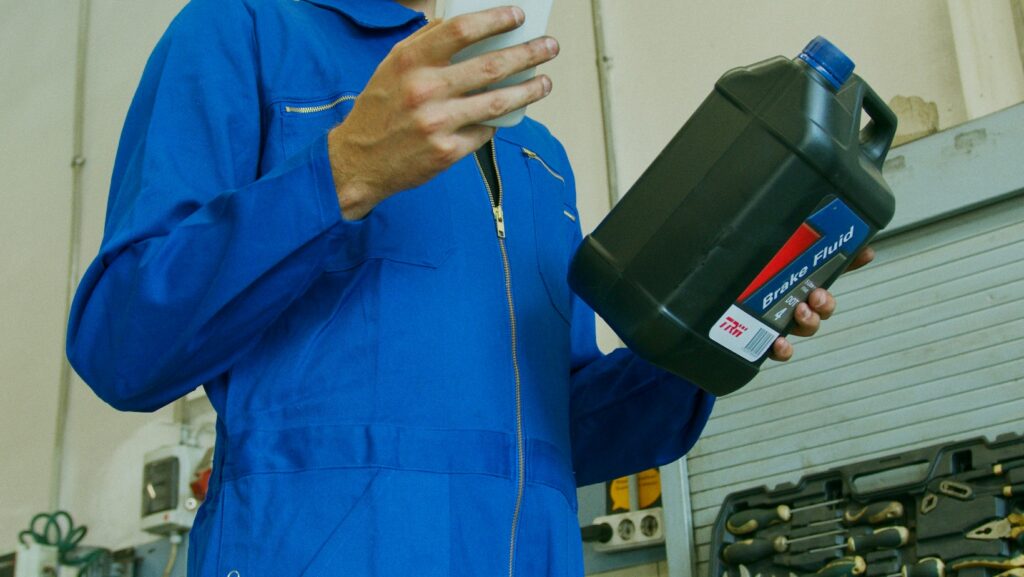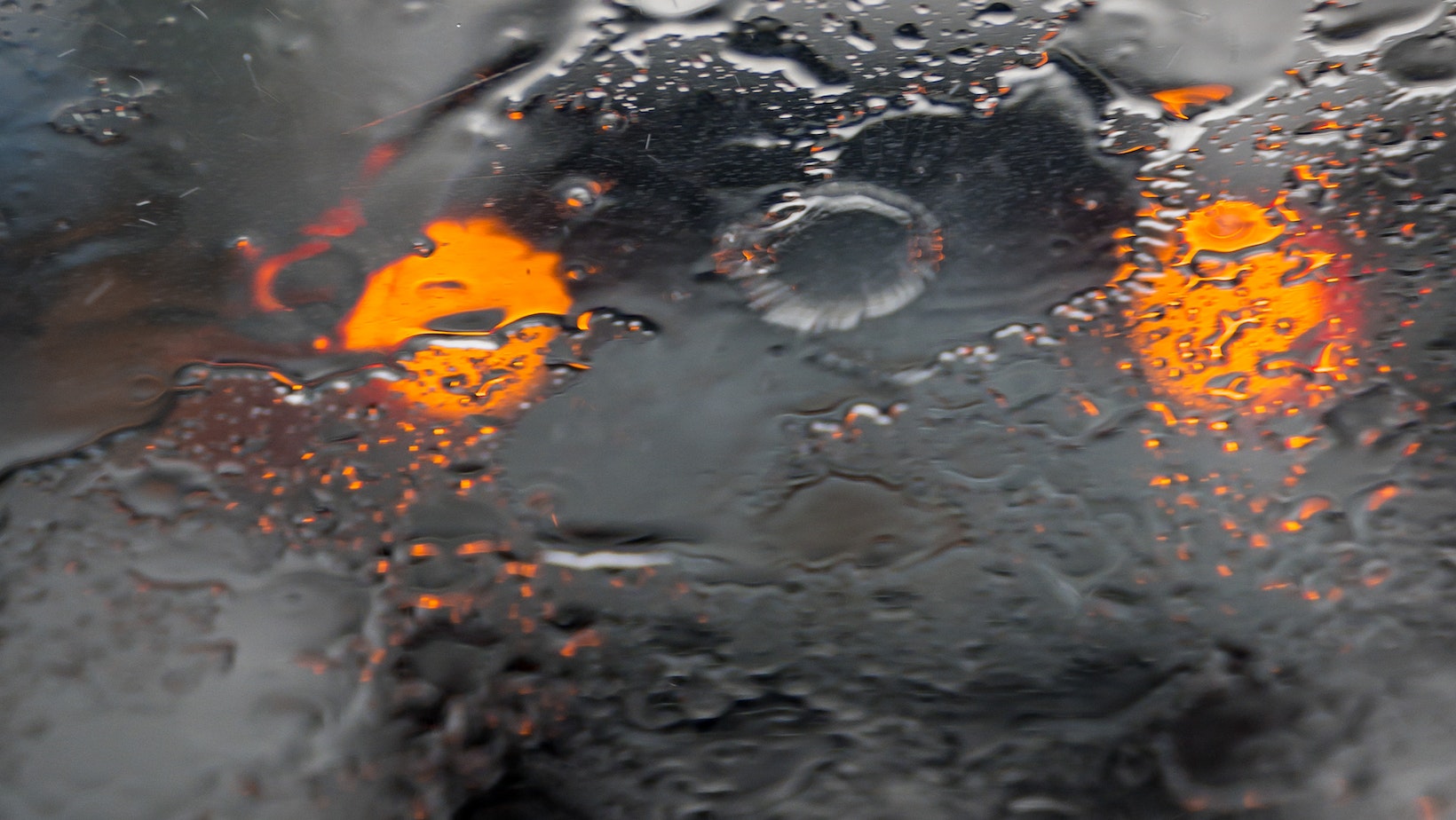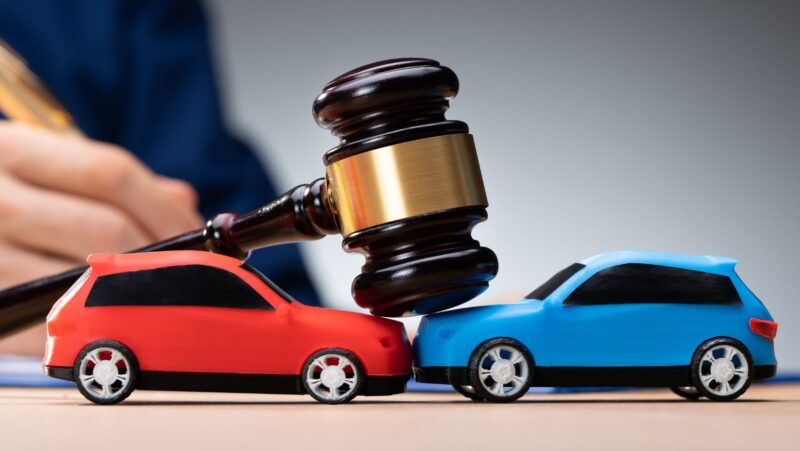
Do You Put Brake Fluid in While Car is Running
When it comes to car maintenance, one question that often pops up is whether or not you should add brake fluid while the car is running. To put it plainly, the answer is no. It’s essential to understand that adding brake fluid is not like topping off your windshield washer reservoir; this process requires some care and precision.
Brake fluid plays a critical role in your car’s braking system. It transfers the force of your foot on the pedal to the brakes themselves. If air gets into this hydraulic system, it can lead to reduced braking efficiency or even complete failure – a dangerous situation you’d want to avoid at all costs.
So why shouldn’t you add brake fluid while the engine’s running? Well, because of something called “brake booster vacuum”. When your engine is on, it creates a vacuum which powers various systems in your vehicle – one of them being your brakes. If you open the brake fluid reservoir while this vacuum is active, there’s a risk of air getting sucked into the system.
Understanding Brake Fluid’s Role
Let’s dive right into the heart of our topic: brake fluid. It’s one of those unsung heroes in your car that doesn’t get much attention until something goes wrong. But what exactly is its role? Well, it’s crucial for your vehicle’s braking system.
Brake fluid operates under high temperatures and pressures to transmit force from a driver’s foot to the car’s brakes. Think about when you’re pushing down on the brake pedal – that action generates pressure which gets transferred through the brake fluid down to the brake pads and discs.
Your vehicle relies heavily on this hydraulic fluid. Why, you ask? Because it can’t be compressed under pressure, making it an ideal medium for transmitting force within a car’s mechanical systems. At the same time, it needs to resist heat well because braking creates plenty of that.
Did you know there are several types of brake fluids too? They vary based on their boiling point and composition:
- DOT 3 – Boiling point around 205 degrees Celsius.
- DOT 4 – Boiling point around 230 degrees Celsius.
- DOT 5 – Silicone-based with a boiling point around 260 degrees Celsius.
- DOT 5.1 – Non-silicone-based like DOT3/DOT4 but with higher boiling points similar to DOT5.
Finally, keep in mind that brake fluid absorbs moisture over time (a process called hygroscopy), which can reduce its effectiveness significantly. That’s why I always stress regular maintenance checks! So next time you hop in your ride remember – there’s more going on than meets the eye each time you hit those brakes!

The Correct Time to Check Brake Fluid
It’s a common question among car owners – when is the best time to check brake fluid levels? Let’s dig into that question right now.
Firstly, I’ll clarify one myth: you should never add or check brake fluid while your car is running. This can lead to inaccurate readings and potential spillage which could damage other engine components. So, always ensure your vehicle is in a cool state with the engine turned off before even thinking about popping open that brake fluid reservoir.
You might be wondering how often you should check your brake fluid level? Generally speaking, it’s advised to inspect it every month as part of your regular vehicle maintenance routine. However, this frequency may vary depending on several factors such as:
- How much you use your car
- The type of driving conditions (city versus highway)
- Your specific vehicle make and model
Certain cars might consume brake fluid more rapidly than others due to design differences or varying pressure in the braking system.
Now let’s talk about optimal timing within that monthly window for checking brake fluid levels. Ideally, you should do it first thing in the morning before starting your car for the day. Why so early? Well, after being parked overnight, all fluids in your vehicle settle down and reach their natural level without any distortions caused by heat or pressure from operation.
Keep these pointers in mind next time you’re planning on checking your ride’s brake fluid level! Do remember though – safety comes first: always wear gloves and eye protection since this liquid can be corrosive. And don’t forget – if there are signs of leakage or if the level drops significantly between checks, consult a professional mechanic immediately.












